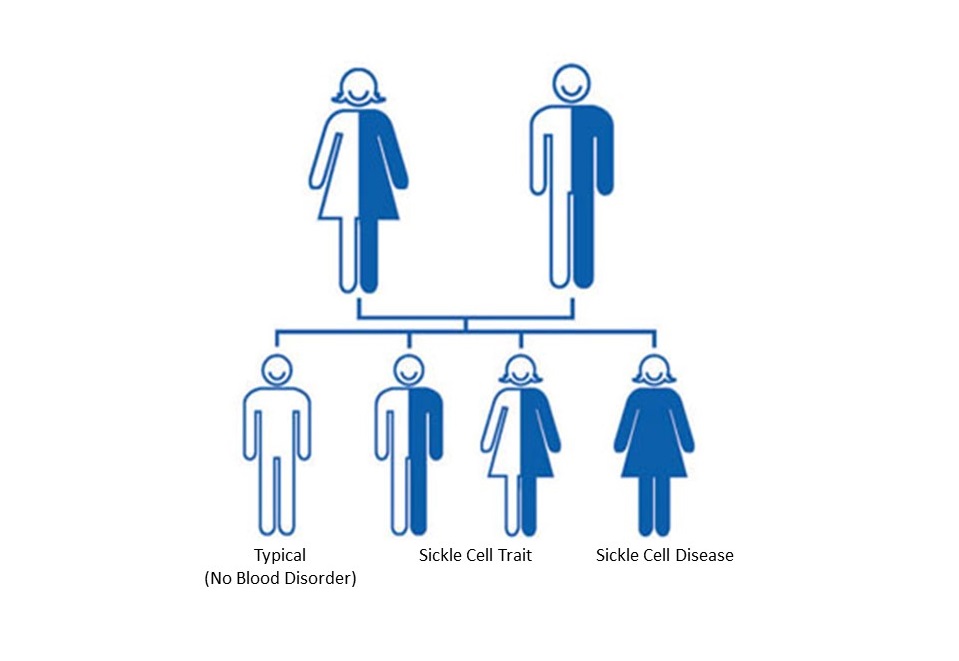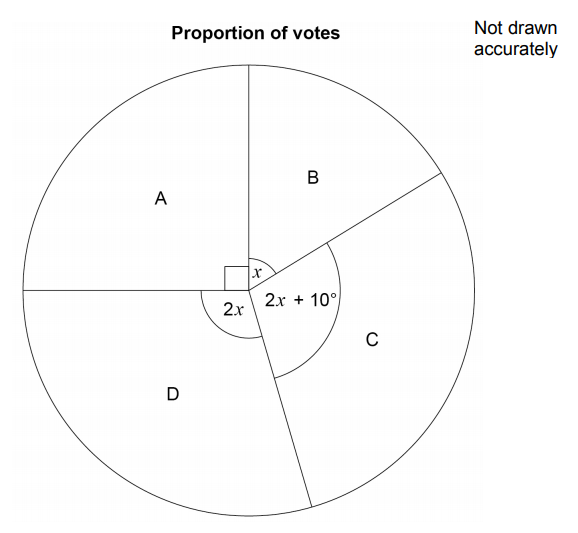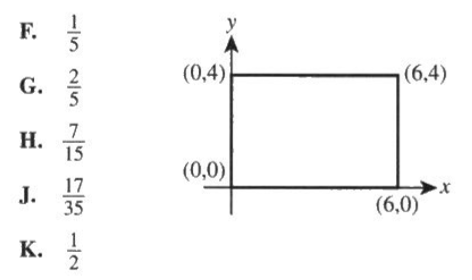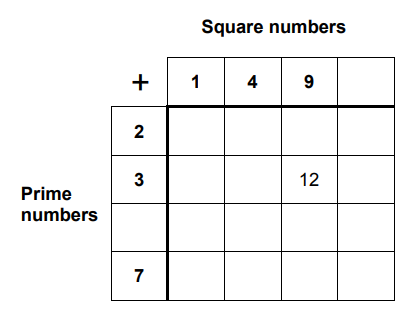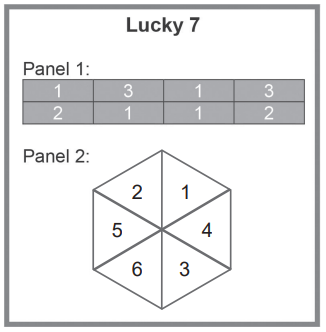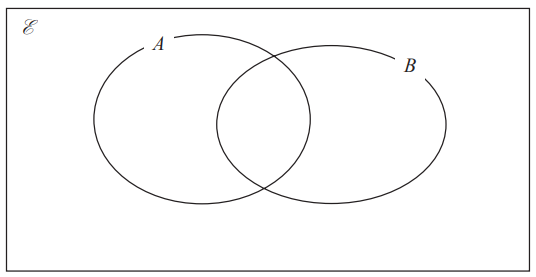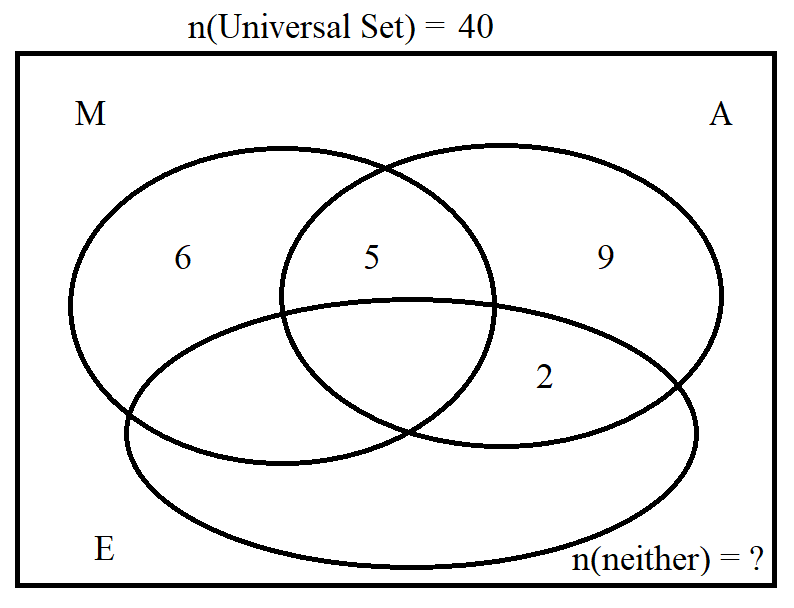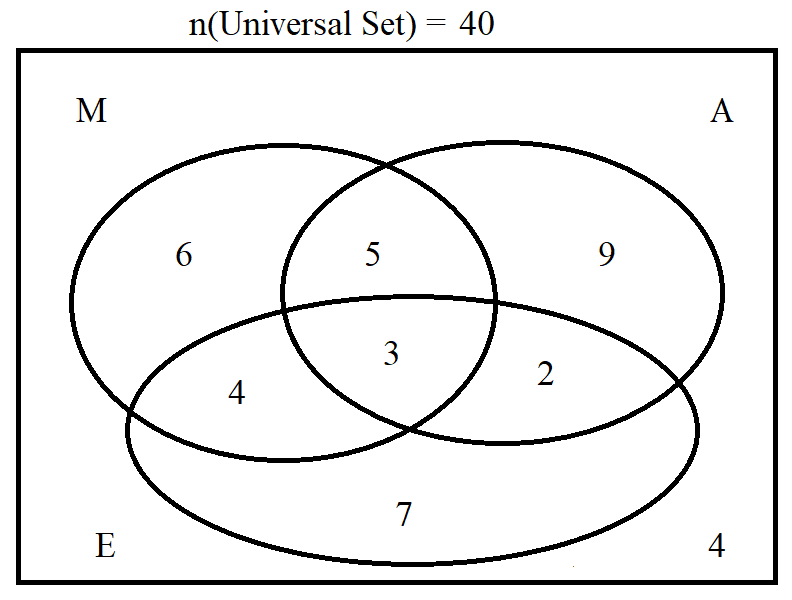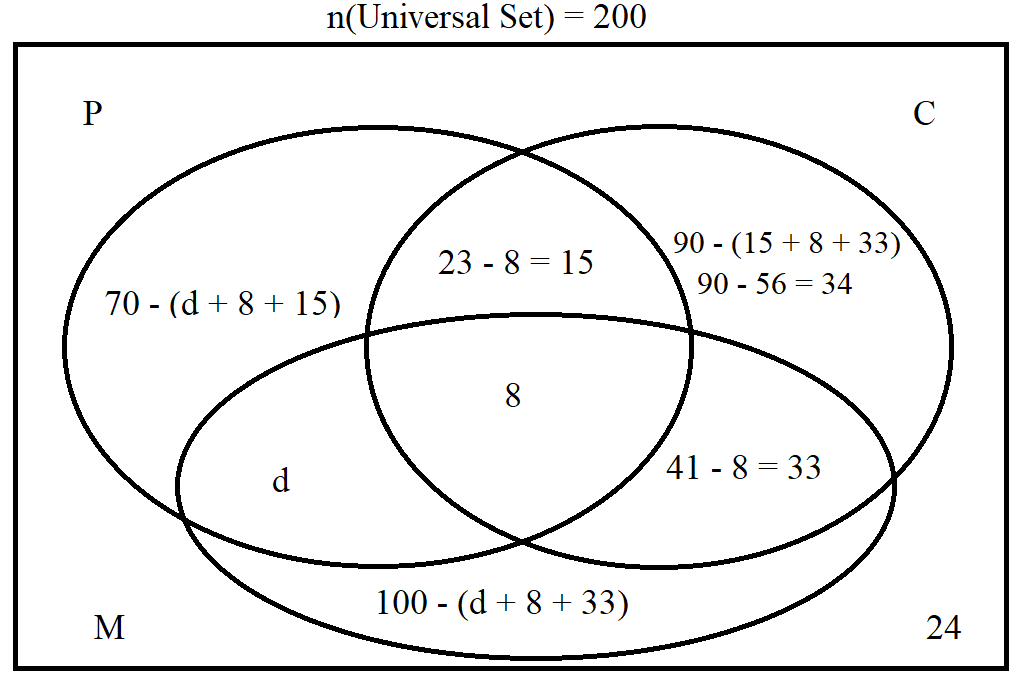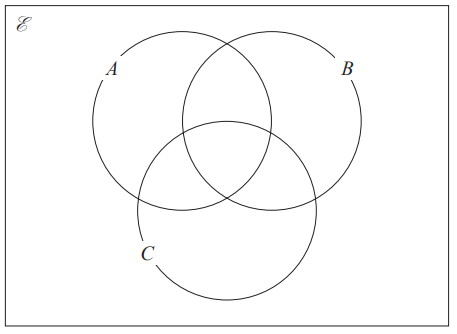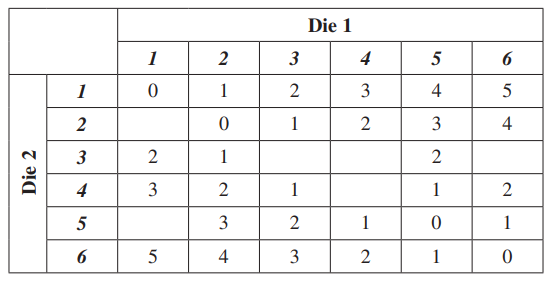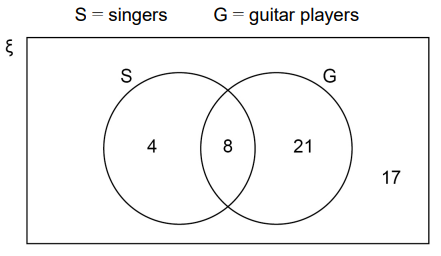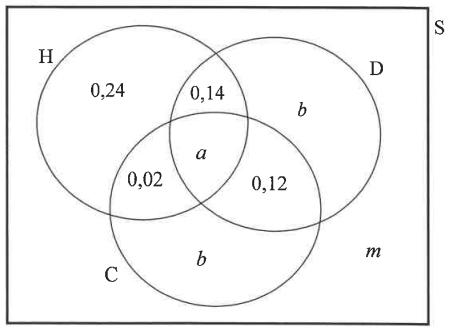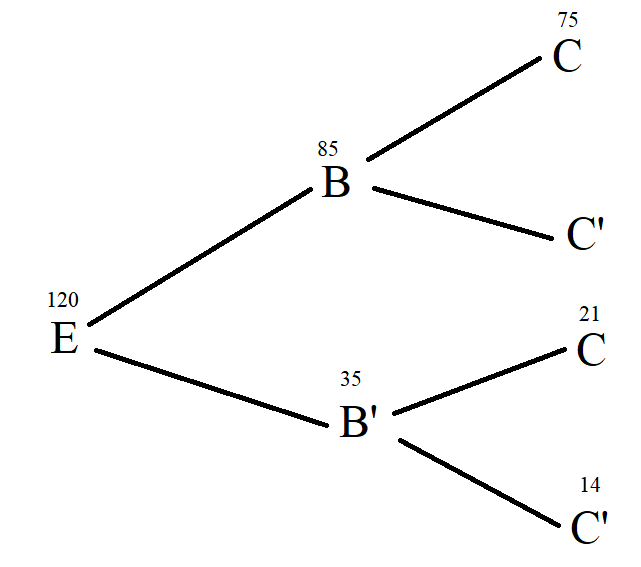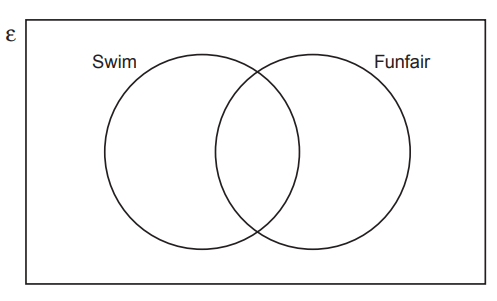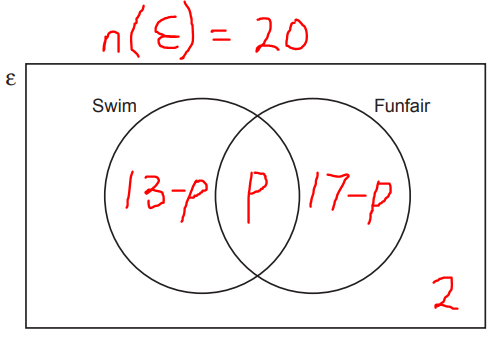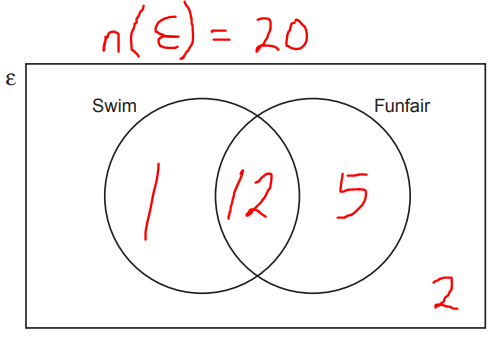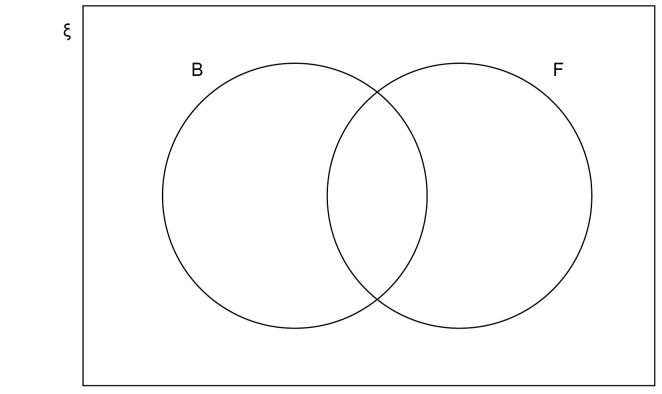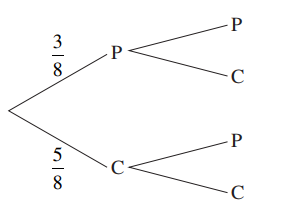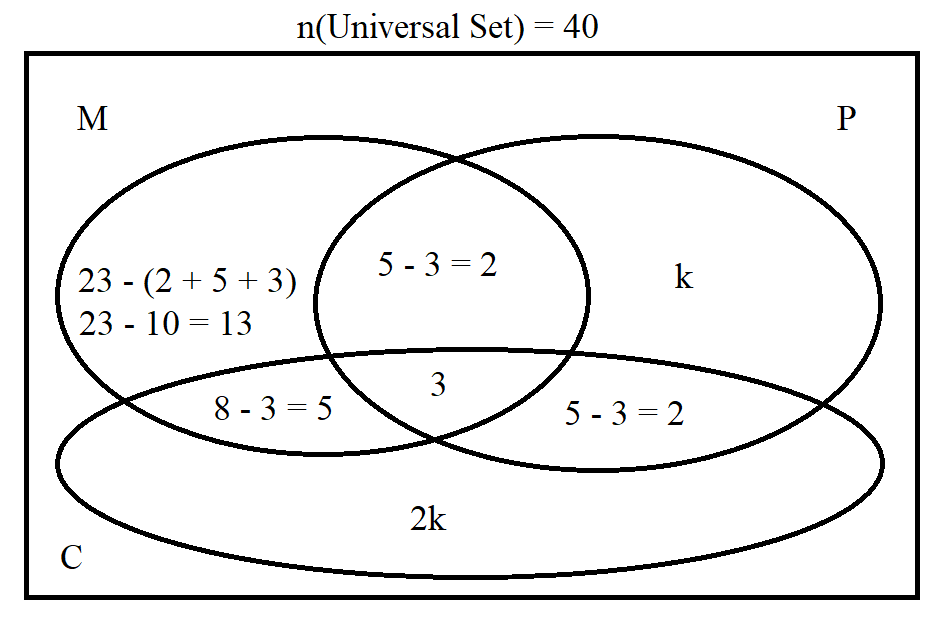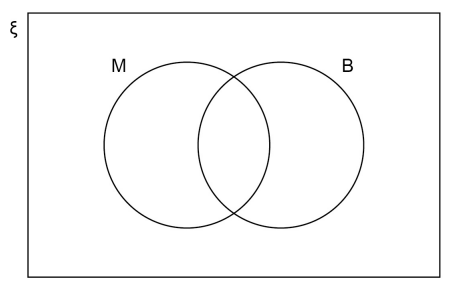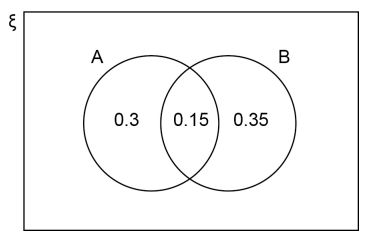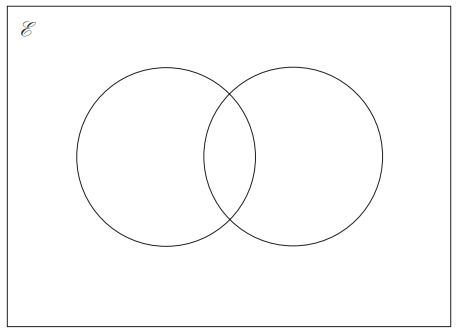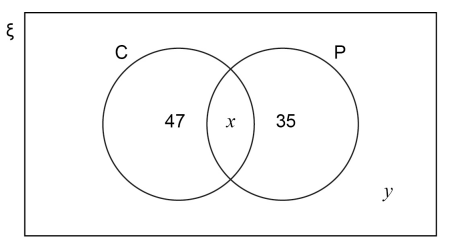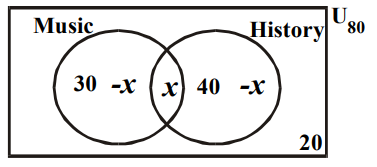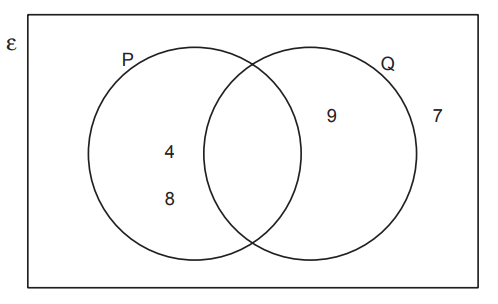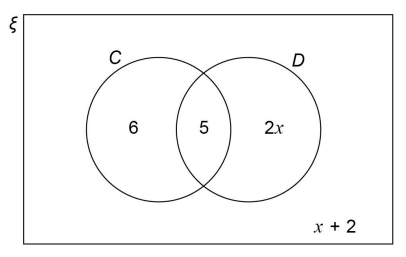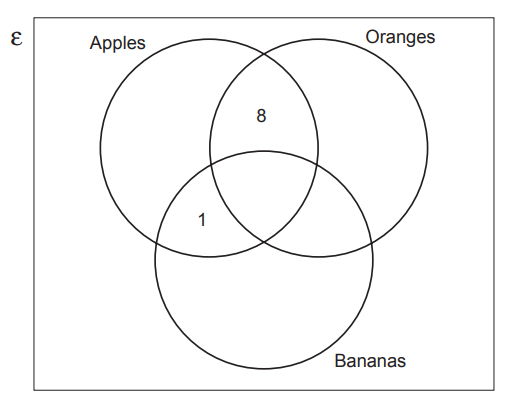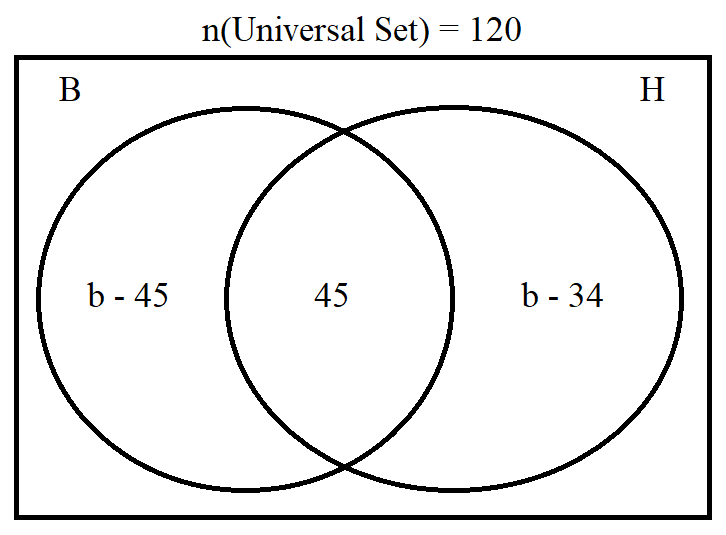 For ACT Students
For ACT Students The ACT is a timed exam...60 questions for 60 minutes
This implies that you have to solve each question in one minute.
Some questions will typically take less than a minute a solve.
Some questions will typically take more than a minute to solve.
The goal is to maximize your time. You use the time saved on those questions you solved in less than a minute, to solve the questions that will take more than a minute.
So, you should try to solve each question correctly and timely.
So, it is not just solving a question correctly, but solving it correctly on time.
Please ensure you attempt all ACT questions.
There is no negative penalty for any wrong answer.
For JAMB Students
Calculators are not allowed. So, the questions are solved in a way that does not require a calculator.
For WASSCE Students
Any question labeled WASCCE is a question for the WASCCE General Mathematics
Any question labeled WASSCE-FM is a question for the WASSCE Further Mathematics/Elective Mathematics
For NSC Students
For the Questions:
Any space included in a number indicates a comma used to separate digits...separating multiples of three digits from behind.
Any comma included in a number indicates a decimal point.
For the Solutions:
Decimals are used appropriately rather than commas
Commas are used to separate digits appropriately.
Solve all questions.
Show all work.
Unless specified or implied otherwise, leave all applicable answers as simplified fractions or integers.
NOTE:
(1.) For all the questions:
S is the sample space
n(S) is the cardinality of the sample space.
(2.) In some cases, it is recommended that you do not simplify until the final answer.
(3.) Prerequisites:
(a.) Fractions, Decimals, and Percents
(b.) Expressions and Equations
(c.) Set Algebra for some questions.
(4.) Corequisites:
(a.) Combinatorics
Some of these questions are preferably solved using Combinatorics.
You can review those same questions solved using Combinatorics
(b.) Binomial Distribution Applications
Some of these questions may be solved using Binomial Probability Distribution.
